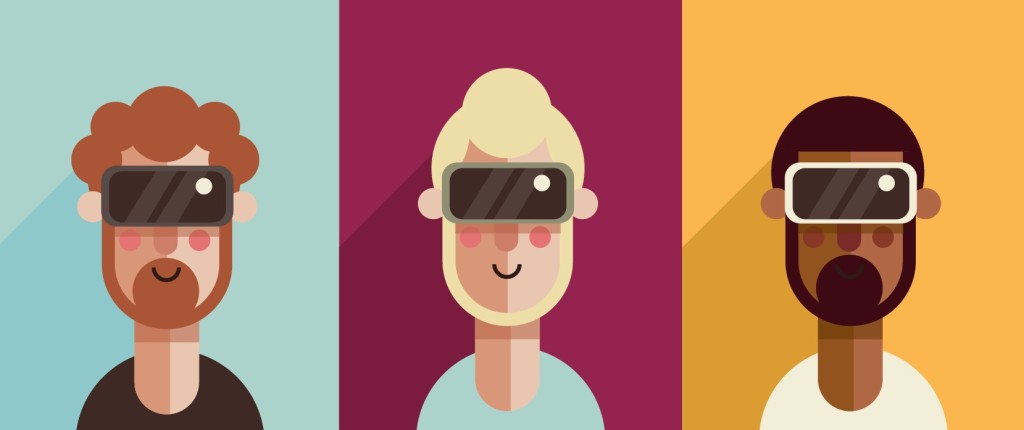If you’ve seen those Samsung ads for the Gear VR over the past few months, you probably have a very visceral reaction to the idea of using virtual reality (VR) for B2B marketing: It’s not for me. But that skeptical sentiment is already starting to move in a positive direction in 2017.
The first big clue is the increased adoption rates of VR by consumer-facing companies. After all, what happens in the B2C space usually migrates over to the B2B space within 12-18 months, and it looks like B2C marketers are trying their hand with VR after seeing a few early success stories. According to one recent survey, 30% of Forbes Global 2000 companies will experiment with a form of mixed reality (augmented reality, virtual reality or both) this year.
So what would some use cases of VR for B2B marketing look like?
One idea is that VR could be used to drive registration for conferences and events. Take the hypothetical example of a conference that’s charging $1000 for each person to attend. That might be a steep price for some companies, especially if they are planning on sending an entire team of people. But what if people could strap on a VR headset and have a sneak peek at the conference in advance? They would be able to take a closer look at the event facilities, hear and see the types of activities that they can expect, and have a virtual sensation of “being there” (what VR enthusiasts define as a sense of “presence”).
Another use case is the product demo. There are already a lot of exciting examples out there from companies like Audi and Lexus that are experimenting with VR as a way of letting customers take a (virtual) test drive of their automobiles. Of course, this experience is not cheap to create, which is why we’ve really only seen these product demos for big-ticket items like cars. Lexus even went so far as to advertise on one of the first VR films (“Invisible”).
Sports teams are experimenting with VR for specialized training in sports like basketball and football — it’s easy to see how that could be extended to any type of B2B service, where you can actually see and experience events happening in the virtual space. In one example, Clemson University experimented with VR as a way of training its star quarterback to pick up defensive blitzes. This would be the ultimate product demo: one that is fully immersive and so real that your brain is tricked into reacting.
Finally, another use case for VR may be branding. Just as you pass billboards and shop signs in the real world, you might pass by branded elements in the virtual world. There’s also the opportunity for product placement, in which branded items appear within cinematic-like sets that people explore in virtual reality.
The bigger picture, of course, is that text-only static experiences are on the way out. If you think the humble whitepaper will be enough to woo a potential customer in the near future, think again. The current massive trend towards the embrace of video is just the next step towards more dynamic, interactive experiences. With video comes interactive video, and the last step on that innovative timeline is the VR video filmed in full, glorious 360.
So for now, the idea of using VR for B2B marketing is still at least 12 months away. But with more and more consumer VR headsets sold, the technology is becoming increasingly mainstream. The first time you use VR, it can seem like a game-like experience. (And those Samsung “freak out” ads
don’t help either, in terms of convincing guys in suits and gals in pantsuits to give VR a try). But there are a lot of forward-looking companies trying to be a first mover in the VR space. It’s definitely a trend worth keeping your eye on in 2017.
IMAGE: Designed by Freepik

